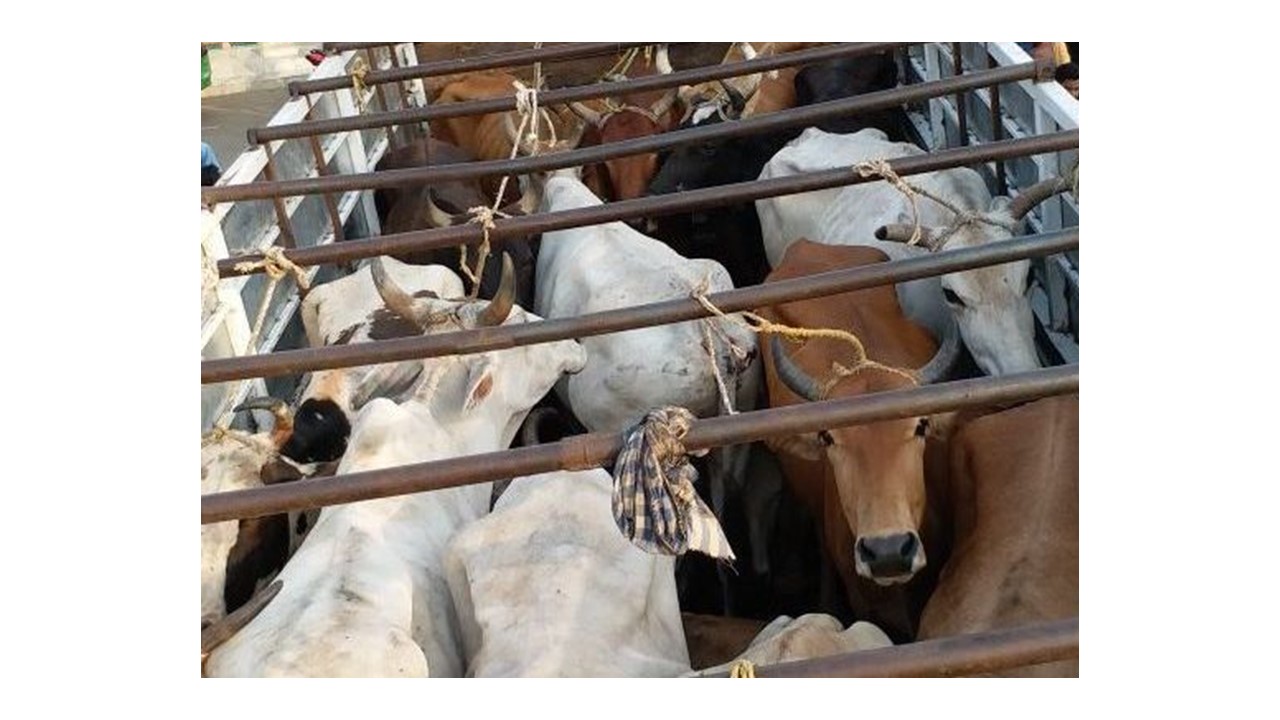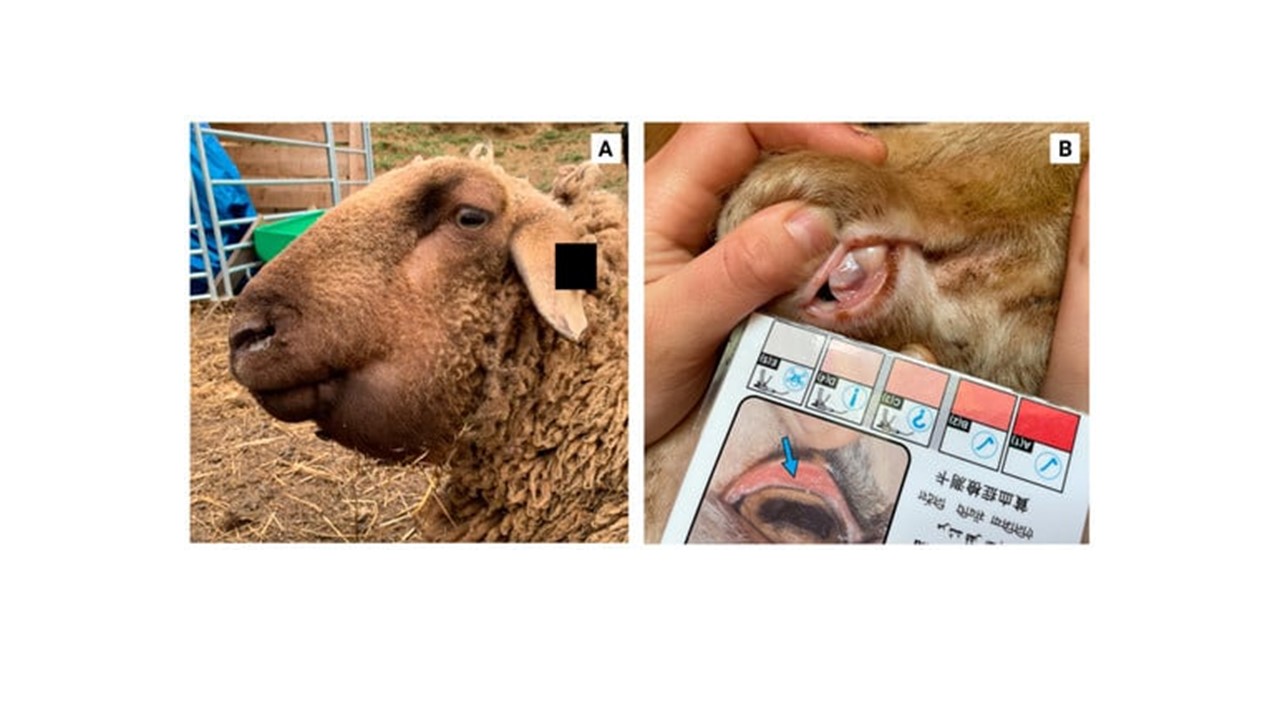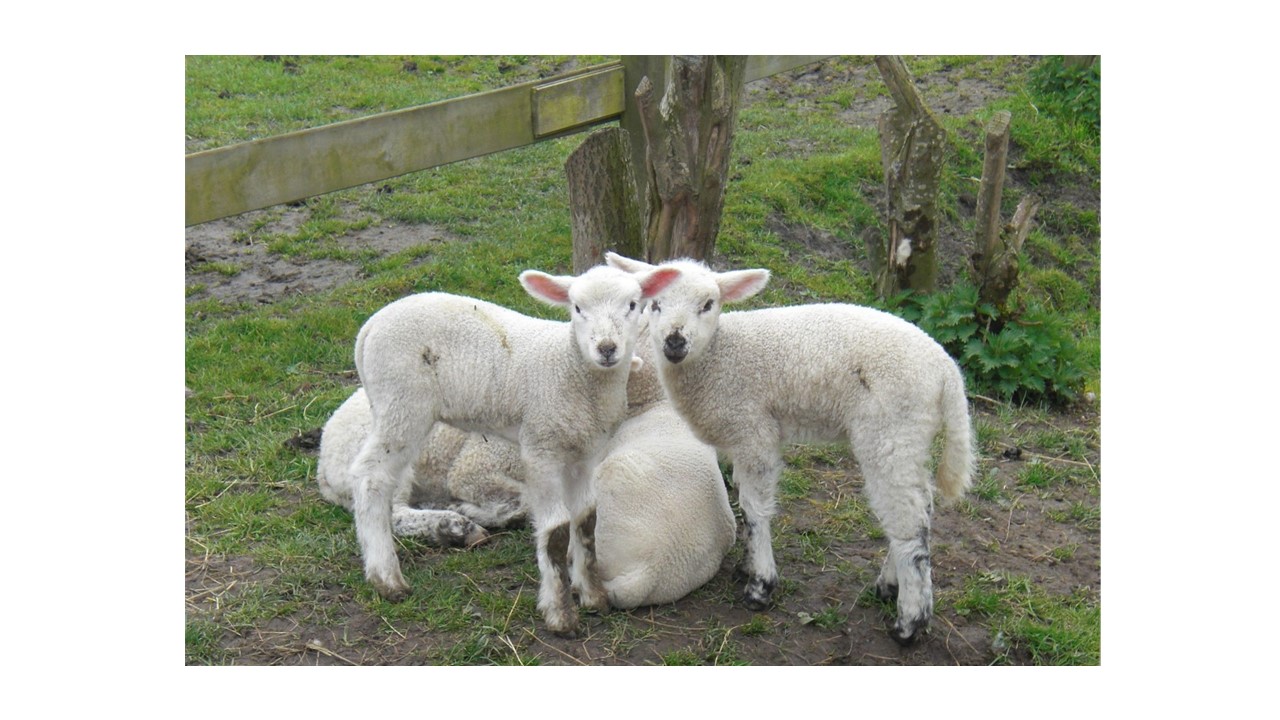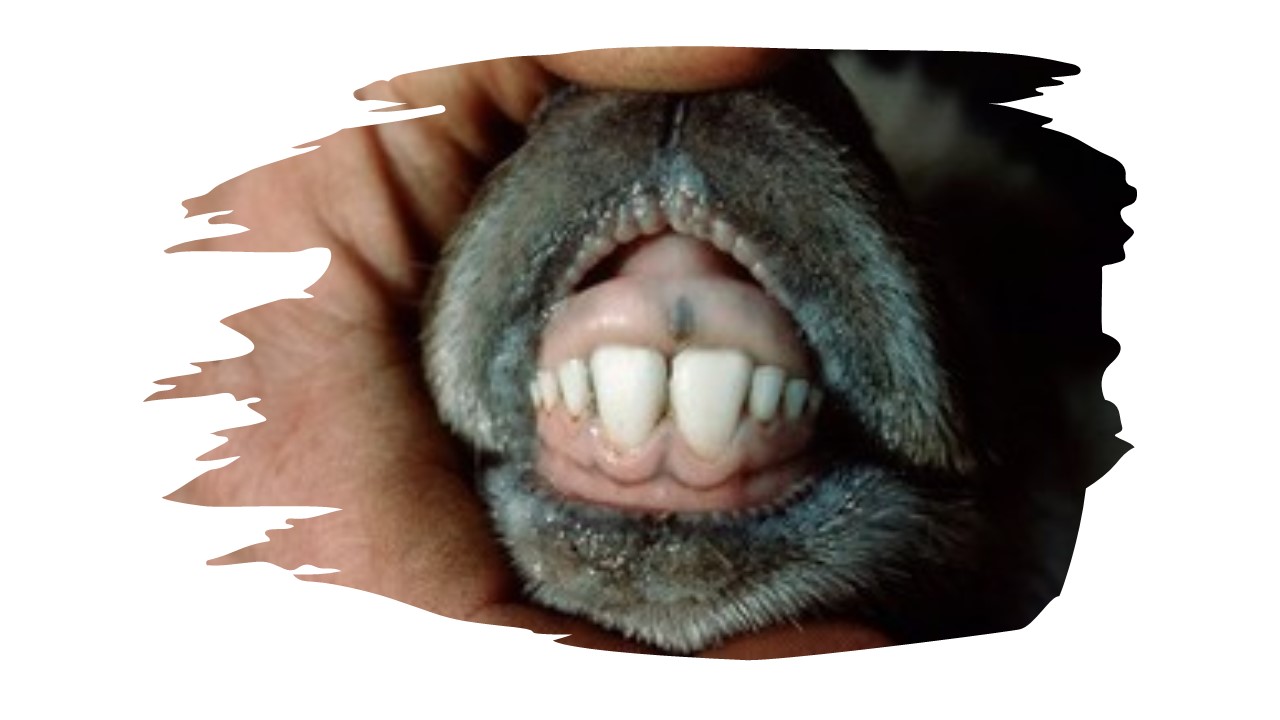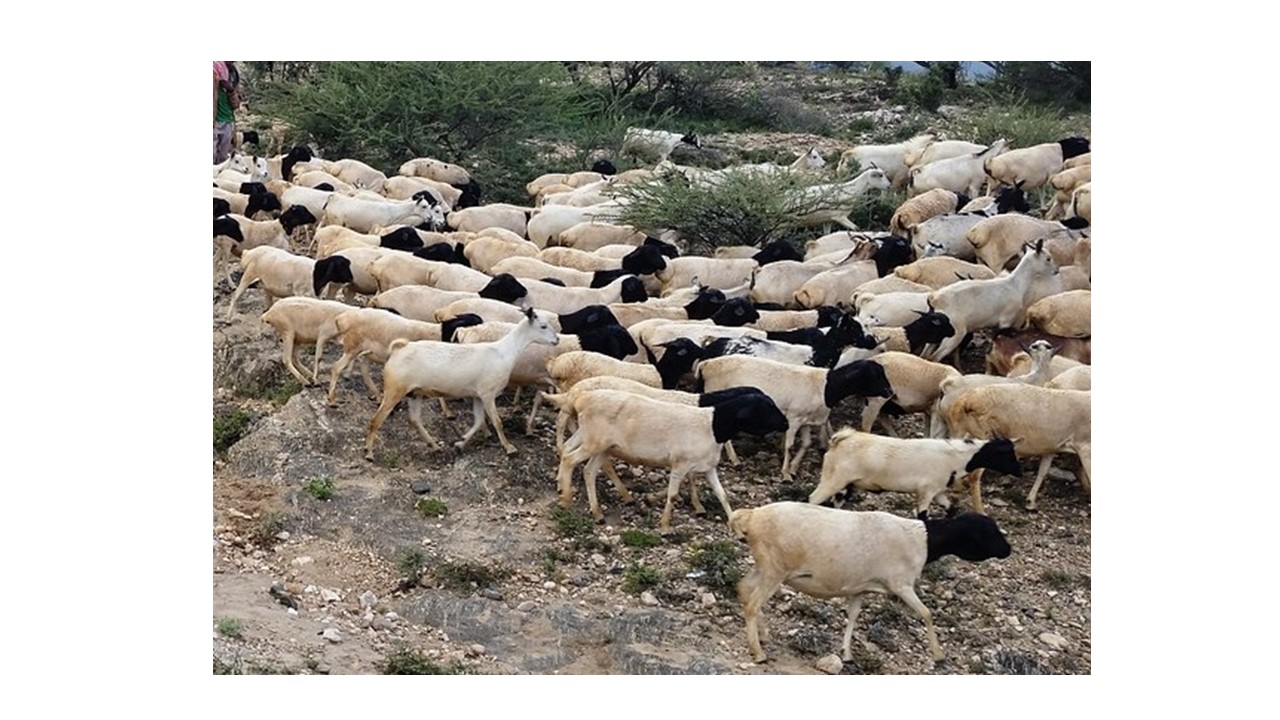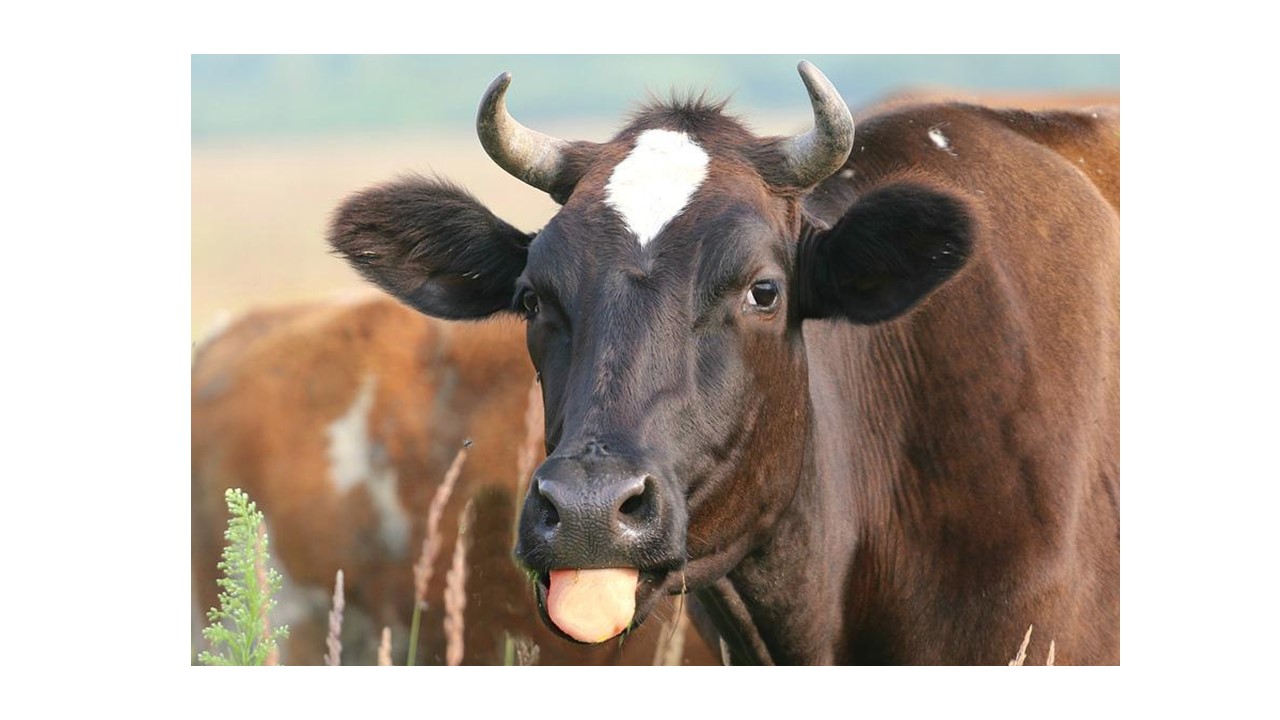Photo Credit: @2020 All rights observed by Orissa
Shipping Fever also known as Bovine Respiratory Disease Complex is a bacterial disease of cattle usually associated with stress involved in movement. The disease affects the upper respiratory system and is presented with signs such as laboured or rapid breathing, nasal discharges, coughing, anorexia and depression.
Stress factors associated with movement of animals such as long journeys with little or no rest, starvation, overheating due to poor ventilation in trucks, dust and harsh weather conditions weaken the immune systems of the cattle, and predispose the animals to this disease. Shipping fever is caused by the bacterium Mannheimia haemolytica. It is often complicated by other bacteria; Pasteurella multocida and Histophilus somni. Already sick or weak animals and recently weaned calves have a higher chance of contracting the disease due to their compromised and fragile immune systems. While Shipping Fever is usually not fatal, it affects productivity greatly as several animals come down with the infection within a short time.
Elimination of all possible stressors is the first step for recovery in cattle. Provision of adequate water, open space with fresh air and food are few examples to take note of. Some antibiotics may be prescribed by your veterinarian depending on the implicating bacterium. Vitamin and mineral supplements may be added to the therapy as animals may be weak and would not have enough energy to move about.
Preventive measures for Shipping Fever should include providing resting periods for animals being transported especially during long journeys. The rest period should include provision of food and water for animals. Trucks transporting animals should not be overloaded and must be roomy enough to allow them to breathe and move. It is not advisable to keep sick and healthy animals in the same truck. Calves should be weaned at least 2-3 weeks before transportation. At various animal markets, shelters should be created to protect them from the harsh environmental conditions.
Vaccines for Shipping Fever are available and should be given at least 2–3 weeks prior to transportation. Vaccination can be repeated when animals are introduced into feedlot.

